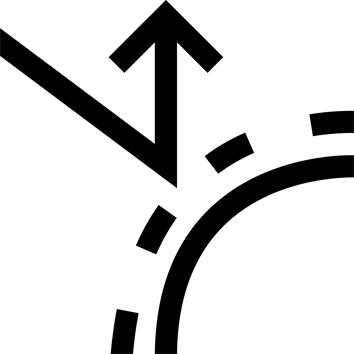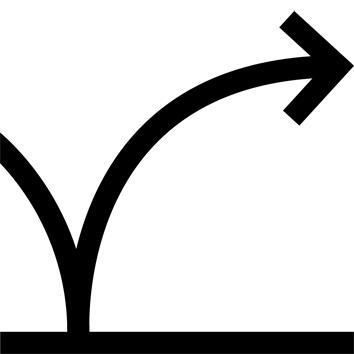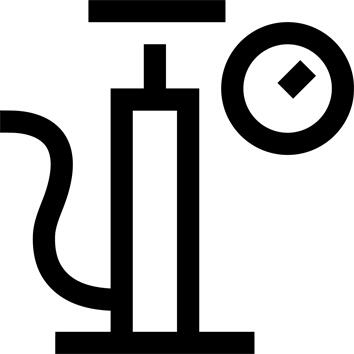Design
To ensure that your balloon can withstand all your demands, we have put it through a series of laboratory tests to guarantee its quality.
Circumference
Between 68.5 and 69.5 cm (size 5)
Sphericity
Variation of the measured average: maximum 2%
We measure the sphericity of the ball at 16 different points and look at the deviations observed.
If the deviation exceeds 2% (FIFA standard), our engineers are tasked with improving the sphericity to guarantee a regular rebound.
Maximum pressure loss
We inflate the balloon to the recommended pressure (i.e. 0.8 bar).
72 hours later, the balloon should have lost no more than 15% of its pressure, i.e. around 0.1 bar. The pressure after 72 hours should therefore be around 0.7 bar.
This also means that it's perfectly normal for a balloon to lose pressure after a few days.
Maximum water absorption
In the laboratory, we simulate playing conditions in the rain by soaking the ball in 2 cm of water on a pivoting support while applying 250 compressions. At the end of the test, the ball should have gained no more than 20% of its weight, i.e. around 80 grams for this France size 5 ball.
Weight
Between 420 and 445 grams (size 5)
Rebound
Between 125 and 155 cm, with a maximum difference of 10 cm between the highest and lowest bounce per ball. Each ball is released 10 times onto a steel plate from a height of 2 meters.
Shape retention and pressure
The most demanding test we put this ball through is the machine kick test.
Withstands 2,500 kicks against an inclined concrete surface at 50km/h from a distance of 2.5m.
At the end of this test, we check:
- the general condition of the ball: the seams must withstand this test
- the circumference: it must not have increased by more than 1.5 cm
- the sphericity: it must not have varied by more than 1.5%
- the pressure: the ball must not have lost more than 0.1 bar


